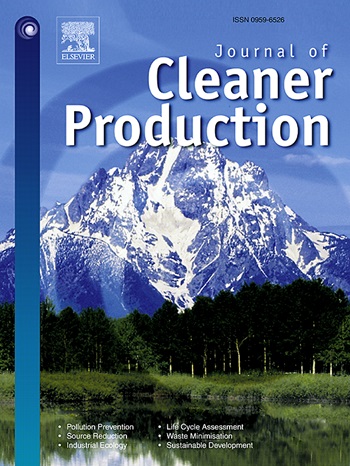Sustainable futures for transformational forestry resource-based city: Linking landscape pattern and administrative policy
IF 10
1区 环境科学与生态学
Q1 ENGINEERING, ENVIRONMENTAL
引用次数: 0
Abstract
Forestry resource-based cities facing resource depletion urgently require development transformation. Administrative policies, including administrative division adjustments and forest protection policies, play a crucial role through the strategic allocation and regulation of resources, fostering sustainable development models to balance ecological preservation with economic revitalization. However, the impact of these administrative policies on transformational forestry resource-based cities remains insufficiently explored. This paper employed the PLUS model to simulate and forecast landscape patterns under different policy scenarios, and explored the interactive mechanisms between administrative policies and landscape patterns during the transformation process. Our findings highlight a significant bidirectional relationship where administrative policies influence the sustainable development of forestry resource-based cities. The administrative division adjustment created space for ecological development in degraded areas, and emphasized intensive and efficient development in upgraded areas, which helps to enhance the aggregation of major landscape patches. This paper provides valuable insights into crafting effective policies to achieve sustainable development of transformational forestry resource-based city.
转型林业资源型城市的可持续未来:景观格局与行政政策的关联
面临资源枯竭的林业资源型城市迫切需要转型发展。行政政策,包括行政区划调整和森林保护政策,通过对资源的战略性配置和调控,形成生态保护与经济振兴相协调的可持续发展模式,发挥关键作用。然而,这些行政政策对转型林业资源型城市的影响尚未得到充分探讨。本文采用PLUS模型对不同政策情景下的景观格局进行模拟和预测,探讨行政政策与景观格局在转型过程中的互动机制。研究结果表明,行政政策对林业资源型城市可持续发展具有显著的双向影响。行政区划调整为退化区创造了生态发展空间,提升区强调集约高效开发,有利于增强主要景观斑块的聚集性。本文为林业资源型转型城市制定有效的可持续发展政策提供了有价值的见解。
本文章由计算机程序翻译,如有差异,请以英文原文为准。
求助全文
约1分钟内获得全文
求助全文
来源期刊

Journal of Cleaner Production
环境科学-工程:环境
CiteScore
20.40
自引率
9.00%
发文量
4720
审稿时长
111 days
期刊介绍:
The Journal of Cleaner Production is an international, transdisciplinary journal that addresses and discusses theoretical and practical Cleaner Production, Environmental, and Sustainability issues. It aims to help societies become more sustainable by focusing on the concept of 'Cleaner Production', which aims at preventing waste production and increasing efficiencies in energy, water, resources, and human capital use. The journal serves as a platform for corporations, governments, education institutions, regions, and societies to engage in discussions and research related to Cleaner Production, environmental, and sustainability practices.
 求助内容:
求助内容: 应助结果提醒方式:
应助结果提醒方式:


